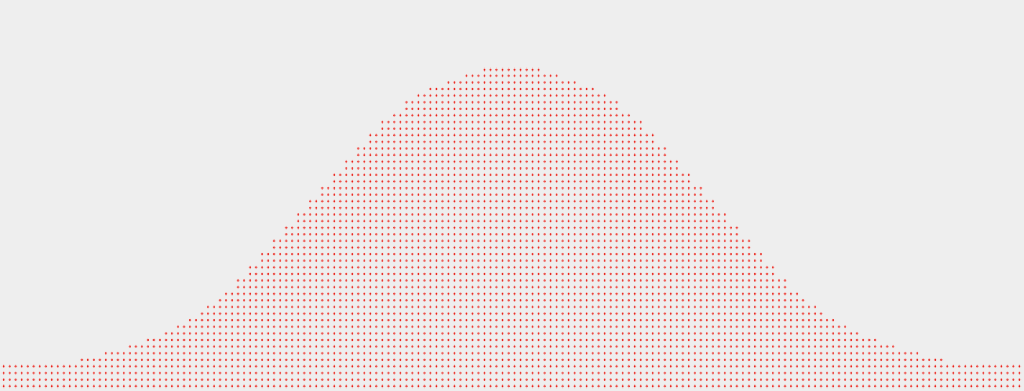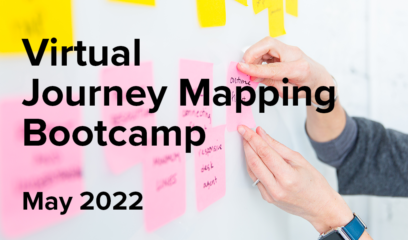In a recent post, I tackled the common question of which journey(s) an organization should map. But equally important is the question of which persona should be associated with that map.
Before I go any further, let me make this point clear: EVERY JOURNEY MAP NEEDS AN ASSOCIATED PERSONA.
Why is this? Quite simply, different customers have different needs and expectations of your organization. If you haven’t defined who is interacting with your organization, you can’t judge whether or not their experience is good or bad.
For example, a 21-year-old woman booking a spring break beach vacation with her friends would probably describe a good experience quite differently than a 40-year-old man planning his honeymoon—and both of their needs would be different again than those of a 73-year-old woman who wants to get away with her wheelchair-bound husband.
So if you were a travel company, which of these personas would you choose to focus on for your journey mapping efforts? You should choose (or create) a persona…
- That represents a large percentage of your customers. The obvious place to look for personas is in the fattest part of the bell curve—the spot that represents the behaviors of a large number of customers.
- OR, that represents target customers. Key customer segments don’t necessarily represent a large number of customers. If you’re in financial services, say, you might find that 1% of your customers account for a disproportionate amount of your revenue. Or, you might identify a group of people that you believe will be profitable in the future, but isn’t today—like millennials or baby boomers nearing retirement.
- OR, that represents “extreme” customers. This one’s a bit counterintuitive, so hang with me for a minute. Rather than looking at the fat part of the bell curve, you look instead for customers who hail from one end of a particular behavioral or demographic continuum. So if you were a bank, you might map the journey of the very, very wealthy AND of those who are living paycheck to paycheck (and maybe don’t even have a bank account). The idea is that by understanding the needs and expectations of people on these extremes, you naturally cover the needs and expectations in the “middle.” (When I was in grad school, we did an exercise where we designed a particular experience for both the Pope and a drug dealer. We didn’t do any “customer” research for this, natch, but the general principles of the exercise were similar to the idea of designing for extreme customers.)
Keep in mind that these are OR statements. It would be difficult—if not impossible—to find a customer segment that fits all three of these criteria.
Aydın eve gelen escort
Bayraklı eve gelen escort
Başiskele eve gelen escort
Atakum eve gelen escort
Aziziye eve gelen escort
Babaeski eve gelen escort




